By Bob Difley
 The desert environment and the unique desert floor terrain make open desert boondocking in many ways easier than in the national forests. You can see the road ahead far enough to detect hazards without all those trees in the way, campsites usually have enough room to turn around and to choose how you want to position your rig, and can offer options on the type of surface to park on.
The desert environment and the unique desert floor terrain make open desert boondocking in many ways easier than in the national forests. You can see the road ahead far enough to detect hazards without all those trees in the way, campsites usually have enough room to turn around and to choose how you want to position your rig, and can offer options on the type of surface to park on.
Before you head down a desert road, check it out ahead by walking in a short distance and/or searching ahead with binoculars for a solid surface, free of large protruding rocks, and low, soft, sandy places where you could get stuck. You should be able to spot acceptable campsites, as most will have been used before and be recognizable as a campsite—i.e. level, hard surface, tire tracks, evidence of fire ring. Look for campsites with solid surfaces, such as “desert pavement” (photo) covered with closely packed small rocks, looking much like a pattern of irregularly shaped tiles. This type surface is very solid and will keep your rig from settling into soft sand.

With a little experience you will figure out how to orient your rig to either take advantage of cooling breezes when it’s warm or shelter you from cool winds swirling down from colder mountain tops. Consider where the sun is during the hottest part of the day and position your rig so that your awning will give you shade. Monitor the weather before you leave for any period of time. If the wind comes up and you left your windy side windows open you may come back to find a layer of fine sand over everything.
Most spots you will find will be far enough away from city or highway lights so that you can enjoy the darkness that only a clear-air desert free from smog, haze, or fog can provide. Sit out in your camp chairs after dark and listen for the scuffling nocturnal desert critters, like the comical kangaroo rat with the super long tail with a brush on the end, or the curious kit fox (photo), no bigger than a domestic house cat, checking out your rig. Keep a flash light handy to spot them–and don’t worry, it won’t frighten them. Then settle back, look up, and enjoy the billions of galaxies and stars that make up the Milky Way.
Check out my ebooks, Snowbird Guide to Boondocking in the Southwestern Deserts and BOONDOCKING: Finding the Perfect Campsite on America’s Public Lands before you head out for the desert for boondocking tips and destination options.
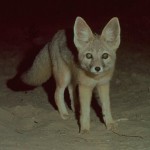
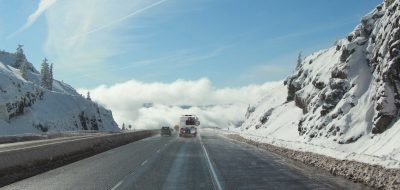

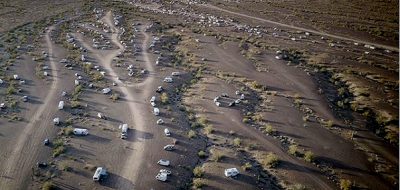

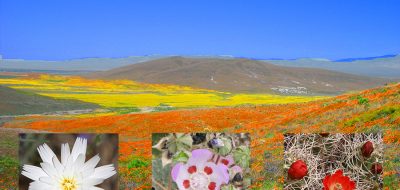
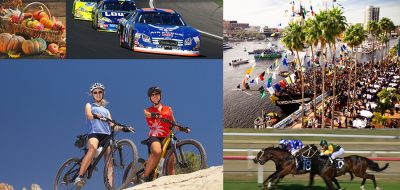
Pingback: click here
Dan Chiild
Great article. I have always enjoyed camping in the desert above all other locations. The stars are just the best!
Gary
Yes. There is nothing quite as pleasent as the night time in the desert. Coyotes prowling and the other insects and animals that want to share space with you. But be careful of the packrats who love to eat the electrical parts and then leave you a treasure, and the inability to start your engine in the morning. Make them a deal. ” I will leave you food, if, you leave me alone”. Works very well..
Bob Difley
Life on Wheels closed down its doors three years ago when its founder, leader, and guiding spirit, Gaylord Maxwell, died of a heart attack.
Grant Vondersaar
I can’t seem to find dates for 2011 Life on Wheels. Is it no longer being held in Tucson?